The Digital Age Slacker: Deconstructing the Modern Fantasy in Scott Pilgrim’s Precious Little Life
Popular Now
 Geometry Dash
Geometry Dash
 Roblox
Roblox
 Sonic the Hedgehog™ Classic
Sonic the Hedgehog™ Classic
 Schedule I
Schedule I
 CarX Street
CarX Street
 R.E.P.O
R.E.P.O
 Minecraft – Top 5 Minecraft Mobs
Minecraft – Top 5 Minecraft Mobs
 Free Fire
Free Fire
 God of War Ragnarök
God of War Ragnarök
 League of Legends
League of Legends 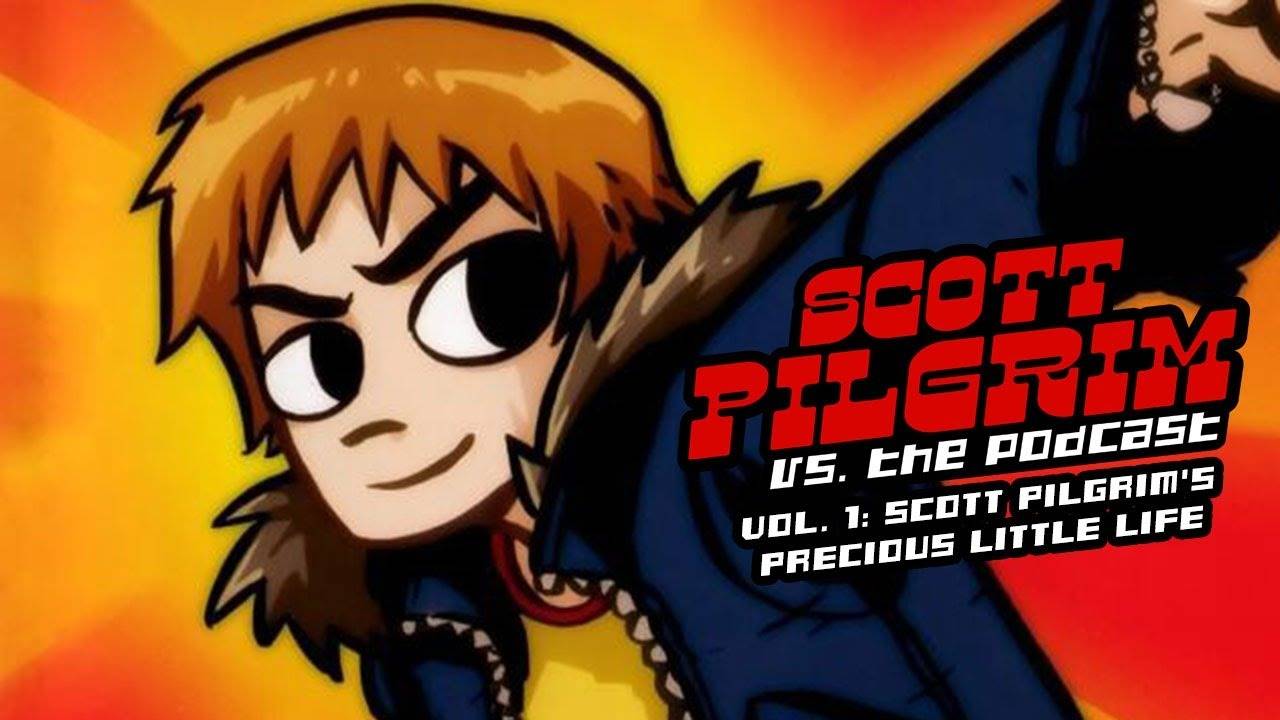 The landscape of pop culture is littered with stories of heroes on a quest, but few are as uniquely and unapologetically modern as Bryan Lee O’Malley’s graphic novel series, Scott Pilgrim. The first installment, Scott Pilgrim’s Precious Little Life, burst onto the scene in the early 2000s, perfectly capturing the zeitgeist of a generation raised on video games, indie rock, and the burgeoning digital world. More than just a quirky comic, it’s a profound exploration of modern relationships, arrested development, and the high-stakes battle for self-worth in a world that feels increasingly like a game.
The landscape of pop culture is littered with stories of heroes on a quest, but few are as uniquely and unapologetically modern as Bryan Lee O’Malley’s graphic novel series, Scott Pilgrim. The first installment, Scott Pilgrim’s Precious Little Life, burst onto the scene in the early 2000s, perfectly capturing the zeitgeist of a generation raised on video games, indie rock, and the burgeoning digital world. More than just a quirky comic, it’s a profound exploration of modern relationships, arrested development, and the high-stakes battle for self-worth in a world that feels increasingly like a game.
In an era where attention is a prime commodity and viral content reigns supreme, the themes presented in Scott Pilgrim’s Precious Little Life are more relevant than ever. The protagonist, Scott Pilgrim, is the quintessential man-child: 23, unemployed, and content to coast through life playing bass in a garage band. His world is one of deliberate low-stakes, a comfortable stasis that is abruptly shattered by the arrival of a mysterious, rollerblading delivery girl named Ramona Flowers. Her presence introduces a central conflict that is both fantastical and deeply personal: to win her heart, Scott must defeat her seven evil ex-boyfriends. This premise, a high-concept mash-up of romance and fighting games, is the engine that drives the series and a clever commentary on the very nature of modern dating.
 The Anatomy of a Slacker-Hero and High-Value SEO Keywords
The Anatomy of a Slacker-Hero and High-Value SEO Keywords
The character of Scott Pilgrim is a masterstroke of relatable flaws. He’s not a traditional hero, but an immature and often selfish individual who is forced to confront his own shortcomings. His journey is a powerful metaphor for the process of growing up and taking responsibility for one’s actions. The challenges he faces are not just physical battles, but internal conflicts made external. This narrative device resonates with a broad audience, tapping into universal anxieties about past relationships, personal growth, and the difficulty of commitment in a world of endless choices. For content marketers, this makes the Scott Pilgrim franchise a goldmine for targeting high-value search terms and keywords.
- Video Game Review: The visual and structural cues from classic video games like Street Fighter and Super Mario are central to the series’ identity. This connection allows for strong cross-promotional content and appeals to the massive gaming community.
- Graphic Novel Review: As a genre, graphic novels and comics have seen a massive surge in popularity, making “graphic novel review” and “best graphic novels” highly competitive and valuable search terms.
- Anime and Manga: With its distinct art style and hyper-stylized action, the series also attracts a significant audience from the anime and manga fandom. Keywords related to “manga review” and “anime adaptations” are excellent for boosting visibility.
- Indie Rock Music: The band, Sex Bob-omb, is not just a plot device but an homage to the indie rock scene. Leveraging terms like “indie rock bands,” “garage rock,” and “music reviews” can capture a niche but dedicated audience.
- Dating and Relationships: At its core, the story is a romantic comedy. Discussions of Scott’s relationships with both Knives Chau and Ramona Flowers are excellent for targeting keywords around “modern dating,” “relationship advice,” and “toxic relationships.”
 A Critical Examination of a Digital-Native Saga
A Critical Examination of a Digital-Native Saga
Beyond the surface-level battles and quirky humor, Scott Pilgrim’s Precious Little Life is a surprisingly nuanced piece of cultural criticism. It addresses the emotional baggage we all carry from past relationships, externalizing it into a physical threat. Matthew Patel, the first evil ex, is not just a boss to be defeated but a representation of a childish and short-lived relationship from Ramona’s past. The absurdity of the fight itself—culminating in the villain turning into coins—is a humorous take on the triviality of such conflicts in the grand scheme of a new romance. It suggests that to truly move forward, one must literally “defeat” the past, symbolically turning old hurts into currency for future growth.
The comic’s enduring appeal lies in its fusion of earnest emotion with surreal, video game logic. It gives a generation that grew up with controllers in their hands a language to talk about their lives. The art style, with its clean lines and dynamic panels, feels like a console game in motion. Every sound effect, every power-up, and every on-screen text box feels like a direct throwback to the 8-bit and 16-bit eras, making it a powerful piece of nostalgia for the millennial generation. This is a story that understands its audience on a fundamental level, speaking to their experiences and sensibilities with a pitch-perfect voice.
In a world of constant digital updates and the relentless pursuit of the next big thing, Scott Pilgrim’s Precious Little Life offers a refreshing perspective. It reminds us that our personal narratives are not just linear stories, but a series of boss battles, side quests, and character developments. It’s a compelling look at the struggles of modern romance and the heroic journey of finally growing up, proving that sometimes, the most challenging battles are the ones we fight against ourselves.
The comic’s success is not just a testament to its creative genius but also its timely relevance. As we continue to navigate a world where social media blurs the lines between reality and curated fantasy, the themes of self-discovery, confronting baggage, and finding genuine connection resonate more powerfully than ever. Scott Pilgrim’s Precious Little Life isn’t just a comic; it’s a manual for surviving the digital age with your heart and your high score intact.







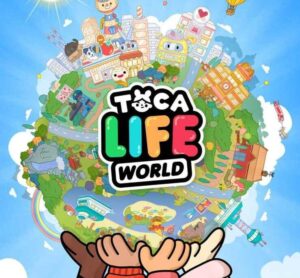
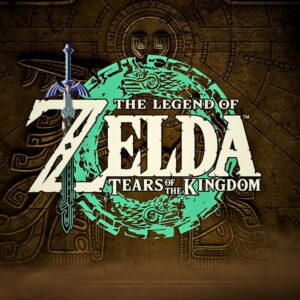
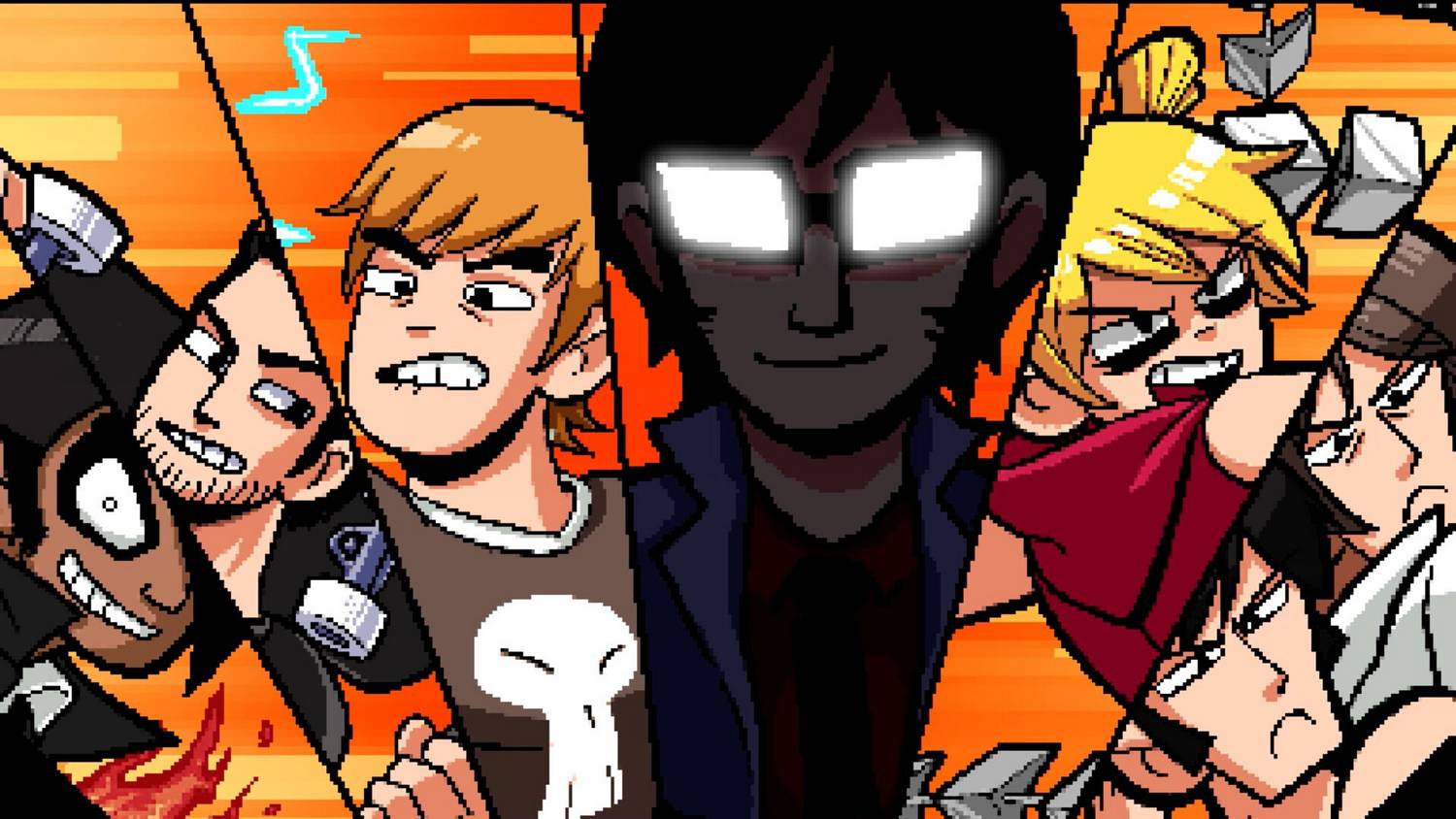 The Anatomy of a Slacker-Hero and High-Value SEO Keywords
The Anatomy of a Slacker-Hero and High-Value SEO Keywords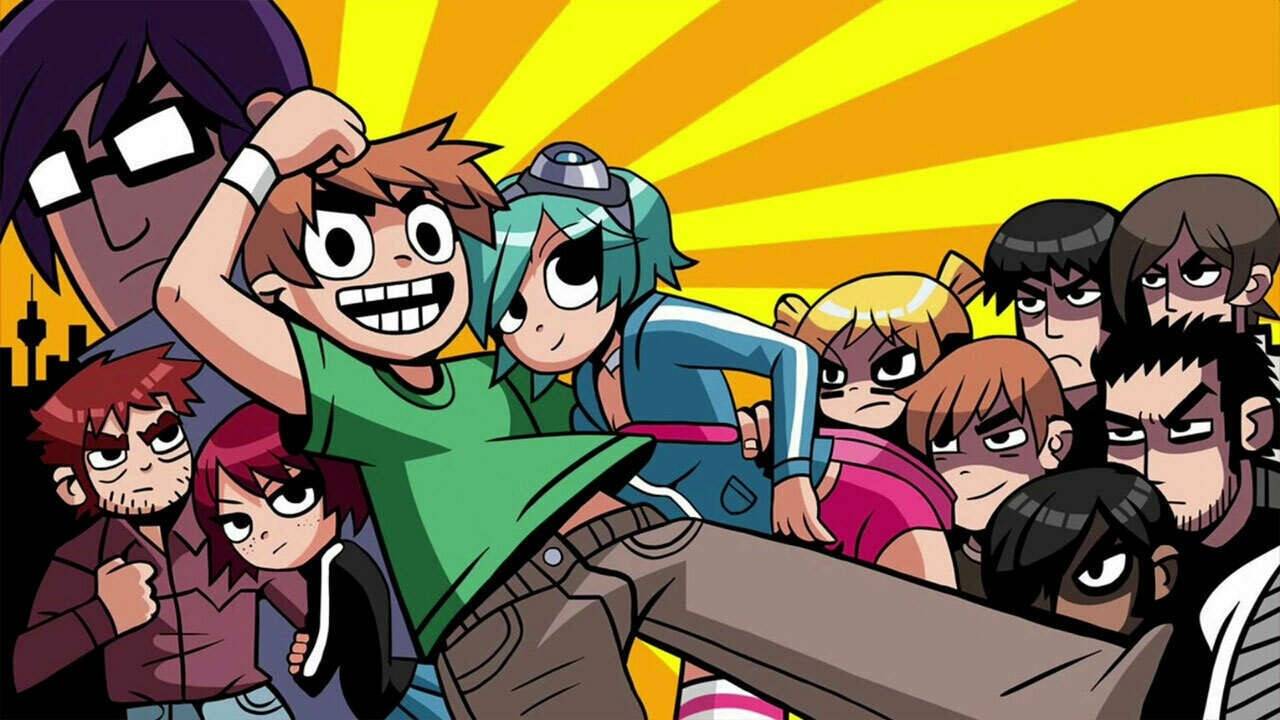 A Critical Examination of a Digital-Native Saga
A Critical Examination of a Digital-Native Saga